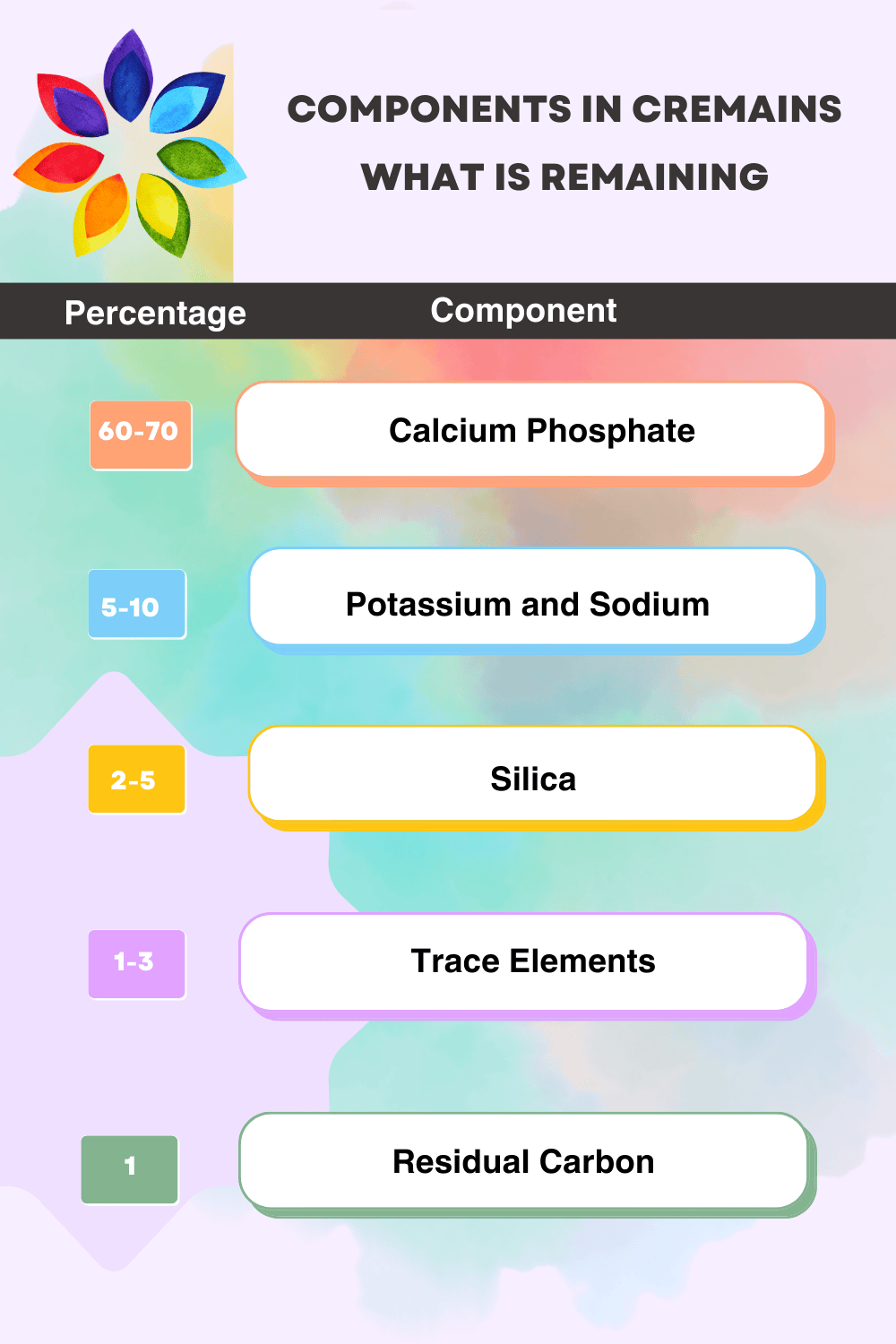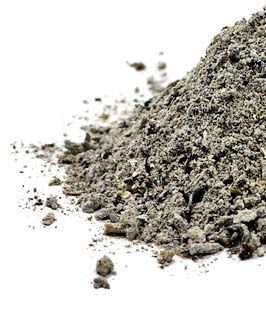Basic Cremation Pricing
Caring – Respectful – Honest
Direct Cremation (Basic Cremation) – Package – $1195
This basic San Diego Direct Cremation (also known as Basic Cremation) package includes everything necessary to attend to the physical remains of your loved one. Please feel free to call us at 619-550-7807 with any questions. Over 140 Reviews Available 24 hrs. We are a local San Diego business with an office you can visit. We have a great cremation urn selection.
Coordination with doctor/hospital
Medical Examiner coordination
Taking deceased into our care
Climate controlled holding area
Filing legal paperwork with Family
Transfer to crematory
Basic container for cremation
Individual cremation
Container for cremains
Disposition permit (1)
Released to family
Notify Social Security
We plant a tree in honor of deceased
Basic Cremation Package - English
Paquete básico de cremación - Español
By completing the secure form to the right, you will be sending us information about your loved one, so we can prepare all the required papers for your signature – speeding the process. Of course, you may always just schedule an appointment with us should you prefer.
San Diego Direct Cremation – An Attractive Choice ?
Direct cremation is a type of cremation service that involves the cremation of a deceased person’s body most generally without any funeral ceremony or visitation. A short viewing is still possible for the immediate family if they desire it. A Memorial Service is also a smart idea, so for lots of information, see our San Diego Memorial Services page.
Direct cremation is becoming increasingly popular because it is generally less expensive than a traditional funeral with a viewing or visitation. This is because fewer services are, involved, and the body needs to be embalmed or prepared for viewing. Additionally, it can be a more environmentally friendly option, as cremation does not require a burial plot or casket.
It can allow families to have more flexibility in planning their memorial or celebration of life at a later time.
Direct cremation may not be the best option for everyone. Some people may prefer a traditional funeral or may want to have a memorial service to honor their loved one. Additionally, those who are part of certain religions may have specific beliefs or practices related to burial or cremation.
With direct cremation, the cremated remains are typically returned to the family in a simple container or urn. This is almost always a basic brown or black plastic urn. The family can then choose to upgrade the urn, scatter the ashes or hold a memorial service at a later time.
For an interesting discussion on the history of cremation from ancient to modern times, please see our blog article.
Direct Cremation – The Process Details
Cremation is a common method of disposition of human remains around the world. It involves exposing the deceased body to extreme heat in a specialized furnace known as a cremator or retort. The intense heat of the cremator reduces the body to its basic elements, which are known as cremated remains or ashes. The cremation process is a precise and detailed procedure that requires a special Cremator’s licence from the state funeral board.
The cremation process can be broken down into four main steps: preparing the body, placing the body in the cremator, cremating the body, and processing the cremated remains.
The entire process takes between three and four hours from start to finish. It depends on how large the individual being cremated is and the effecieny of the specific machine being used.
Direct Cremation – Body Preparation
Before the cremation process can begin, the body must be prepared. This involves removing any jewelry, pacemakers, or other medical devices that could interfere with the cremation process. The body is then placed in a cremation container, which is usually made of wood, cardboard, or other combustible materials. The container is designed to protect the body and ensure that it is cremated properly.
Cremation – Placing the body in the cremator (Retort)
Once the body is prepared, it is placed in the cremator. The cremator is a specialized furnace that is designed to withstand the extreme heat required for cremation.
The cremator’s door is then sealed and the unit is heated to a temperature of between 1,600 and 1,800 degrees Fahrenheit.
Most crematories use either natural or liquefied petroleum gas. Although electric retorts are used outside the United States
Cremating the Body
Once the body is in the cremator, the actual cremation process begins. The heat of the cremator causes the body to break down into its basic elements. This process takes between two and three hours, depending on the size of the body and the type of cremator used.
During the cremation process, the body is subjected to a process known as pyrolysis. Pyrolysis is the chemical decomposition of organic materials through the application of heat. During this process, the body is broken down into its basic elements, including carbon, hydrogen, oxygen, and nitrogen. The bones of the body are also reduced to their basic elements, which are known as cremated remains or ashes.
The amount of cremains created does vary from person to person. In general, there are 4-6 lbs of cremains, but this varies slightly depending on the size of the person. Size, in this case, does not so much reflect weight as skeletal mass as the soft tissues, such as fat, are consumed during the cremation process.
Cremation – Processing the Cremated Remains
Once the cremation process is complete, the cremated remains are removed from the cremator. The remains are then processed to ensure that they are fine and uniform in texture. Any metal fragments, such as dental fillings or surgical implants, are removed using a magnet or other specialized equipment. The cremated remains are then placed in a temporary container, such as a plastic bag or cardboard box. The container is labeled with the name of the deceased and any other relevant information.
It is worth noting that the cremation process itself is only one part of the overall process of disposition of human remains. Once the cremation process is complete, the cremated remains can be interred in a cemetery, scattered in a designated area, or kept by the family in an urn or other container.
Color of the Cremated Remains – It Does Vary
The color of cremains, the fine powder that remains after the cremation process, can be influenced by several factors.
While the color is often a light gray or white, variations can occur due to the following factors:
Cremation – Processing the Cremated Remains
Bone Composition:
The bones’ composition can contribute to the color of the cremains. Younger individuals with denser bones may result in cremains that are whiter in color. In contrast, older individuals or those with conditions that affect bone density may produce cremains with a slightly darker hue.
Temperature and Duration of Cremation:
The cremation process’s temperature and duration can impact the cremains’ color. Higher temperatures and longer durations may produce a lighter, more uniform color. Conversely, lower temperatures or shorter durations can lead to cremains with a slightly darker or more mottled appearance.
Medical Implants or Prosthetics:
Certain medical implants or prosthetics, such as metal or ceramic components, can affect the color of the cremains. These materials may not burn entirely during the cremation process and can leave behind residue, which changes the color or texture of the cremains.
Additional Processing:
After the initial cremation, other steps are involved in processing the cremains, such as pulverization or sieving. These steps can impact the color and consistency of the final product. Depending on the techniques and equipment used, the cremains may appear finer, lighter, or more uniform in color.
Composition of Cremains
Cremains, also known as cremated remains or cremation ashes, are the remaining materials left after cremation. Cremation is a method of disposition of a deceased person’s body, which involves intense heat to reduce the body to its essential chemical components.
The exact composition of cremains can vary depending on the individual’s body composition, the cremation process, and any additional materials used.
While providing an average guess for the precise percentages of each component in cremains is challenging, we can offer a rough estimation based on general knowledge and observations. Please note these values are rough estimates and may vary:

Calcium Phosphate: It is reasonable to assume that calcium phosphate, derived from bones, could constitute a significant portion, perhaps around 60% to 70%, of the cremains.
Potassium and Sodium: These elements, naturally present in the body’s tissues and fluids, may account for a smaller portion, possibly around 5% to 10%.
Silica: Silica, found in connective tissues and skeletal structures, might contribute to approximately 2% to 5% of the overall composition.
Trace Elements: Various trace elements, including iron, zinc, copper, and magnesium, are in smaller amounts. Collectively, they could make up roughly 1% to 3% of the cremains.
Residual Carbon: Residual carbonaceous materials, primarily consisting of small amounts of carbon, may be present in trace quantities, around 1% or less.
Cremation Extras
There may be additional charges required for pickup of the deceased from a residence, for difficult pickups or larger individuals. As well, an extra cremation fee will apply for larger (over 300 lbs) individuals. If the deceased is in a traditional casket there will be additional charges as well.
Many options are available for all of our Cremation Packages and we can provide exactly what you desire. As well, we have keepsakes, jewelry, and other tokens available. You may purchase some of these items directly for our site or by contacting us directly, we will be happy to assist you in any way possible.
There are also many many options for what to do with the cremains after you have them.




